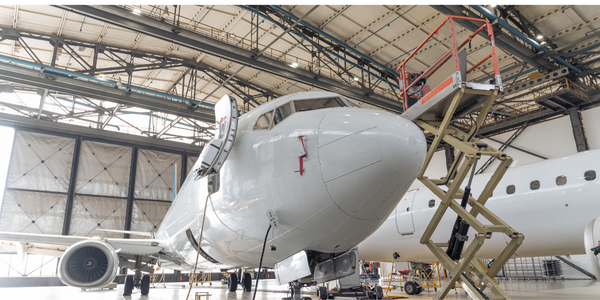
Technology Category
- Analytics & Modeling - Digital Twin / Simulation
- Networks & Connectivity - Cellular
Applicable Industries
- Aerospace
- Life Sciences
Applicable Functions
- Product Research & Development
Use Cases
- Additive Manufacturing
- Virtual Prototyping & Product Testing
The Customer
GE Aviation
About The Customer
The customer in this case study is GE Aviation, a world-leading provider of jet engines, components, and integrated systems for commercial and military aircraft. GE Aviation has a global service network to support these offerings. They are known for their commitment to innovation and technology advancement in the aerospace industry. Recognizing the potential of 3D printing technology, they sought to leverage it to reduce the weight of their aerospace parts, thereby reducing fuel costs and the carbon footprint of their airplanes.
The Challenge
GE Aviation, a renowned name in the aerospace industry, recognized the potential of 3D printing technology in transforming the sector. The primary challenge was to reduce the weight of the aerospace parts, which would directly impact the fuel costs. A lighter airplane would mean lower fuel consumption, leading to cost savings and a smaller carbon footprint. However, achieving this weight reduction without compromising the strength and functionality of the parts was a significant challenge. Traditional manufacturing methods were not able to provide the desired weight reduction while maintaining the required stiffness and strength of the parts. The challenge was to find a solution that could create strong, light, and functional aerospace parts.
The Solution
Materialise, a leading provider of 3D printing software and services, offered a solution to this challenge. They used their design enhancement software, Materialise 3-matic, to identify areas of the aerospace part that could be replaced with cellular structures. These structures use less material but maintain the required stiffness. The team then decided on the size and position of the unit cells and redesigned the part to ensure its printability. The beam diameters were modified according to stresses and printability criteria. After several simulation iterations and necessary topological changes, the weight of the bracket was reduced by an impressive 63%. The final part was 3D printed in titanium at Materialise's metal competence center in Bremen, resulting in a part that was 63% lighter than the traditionally manufactured part.
Operational Impact
Quantitative Benefit

Case Study missing?
Start adding your own!
Register with your work email and create a new case study profile for your business.
Related Case Studies.
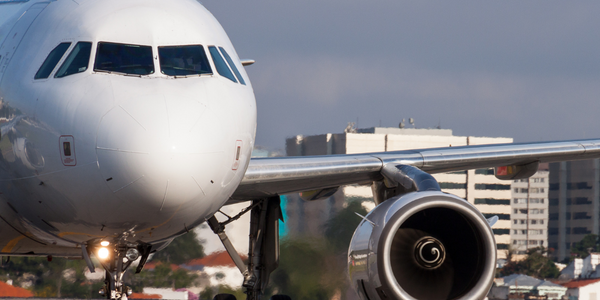
Case Study
Airbus Soars with Wearable Technology
Building an Airbus aircraft involves complex manufacturing processes consisting of thousands of moving parts. Speed and accuracy are critical to business and competitive advantage. Improvements in both would have high impact on Airbus’ bottom line. Airbus wanted to help operators reduce the complexity of assembling cabin seats and decrease the time required to complete this task.
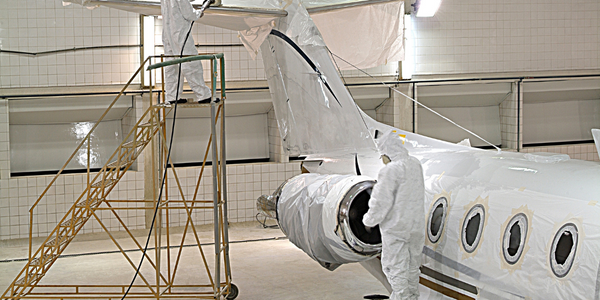
Case Study
Aircraft Predictive Maintenance and Workflow Optimization
First, aircraft manufacturer have trouble monitoring the health of aircraft systems with health prognostics and deliver predictive maintenance insights. Second, aircraft manufacturer wants a solution that can provide an in-context advisory and align job assignments to match technician experience and expertise.
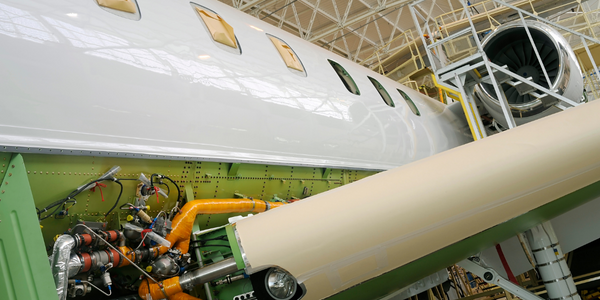
Case Study
Aerospace & Defense Case Study Airbus
For the development of its new wide-body aircraft, Airbus needed to ensure quality and consistency across all internal and external stakeholders. Airbus had many challenges including a very aggressive development schedule and the need to ramp up production quickly to satisfy their delivery commitments. The lack of communication extended design time and introduced errors that drove up costs.
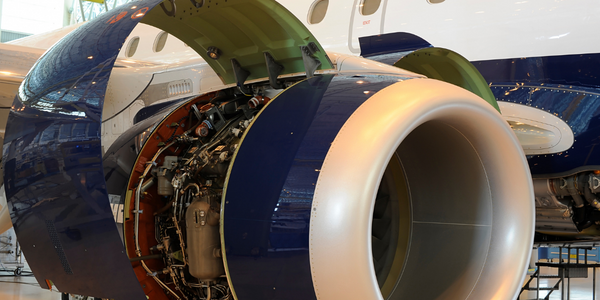
Case Study
Accelerate Production for Spirit AeroSystems
The manufacture and assembly of massive fuselage assemblies and other large structures generates a river of data. In fact, the bill of materials for a single fuselage alone can be millions of rows of data. In-house production processes and testing, as well as other manufacturers and customers created data flows that overwhelmed previous processes and information systems. Spirit’s customer base had grown substantially since their 2005 divestiture from Boeing, resulting in a $41 billion backlog of orders to fill. To address this backlog, meet increased customer demands and minimize additional capital investment, the company needed a way to improve throughput in the existing operational footprint. Spirit had a requirement from customers to increase fuselage production by 30%. To accomplish this goal, Spirit needed real-time information on its value chain and workflow. However, the two terabytes of data being pulled from their SAP ECC was unmanageable and overloaded their business warehouse. It had become time-consuming and difficult to pull aggregate data, disaggregate it for the needed information and then reassemble to create a report. During the 6-8 hours it took to build a report, another work shift (they run three per day) would have already taken place, thus the report content was out-of-date before it was ever delivered. As a result, supervisors often had to rely on manual efforts to provide charts, reports and analysis.

Case Study
Developing Smart Tools for the Airbus Factory
Manufacturing and assembly of aircraft, which involves tens of thousands of steps that must be followed by the operators, and a single mistake in the process could cost hundreds of thousands of dollars to fix, makes the room for error very small.








